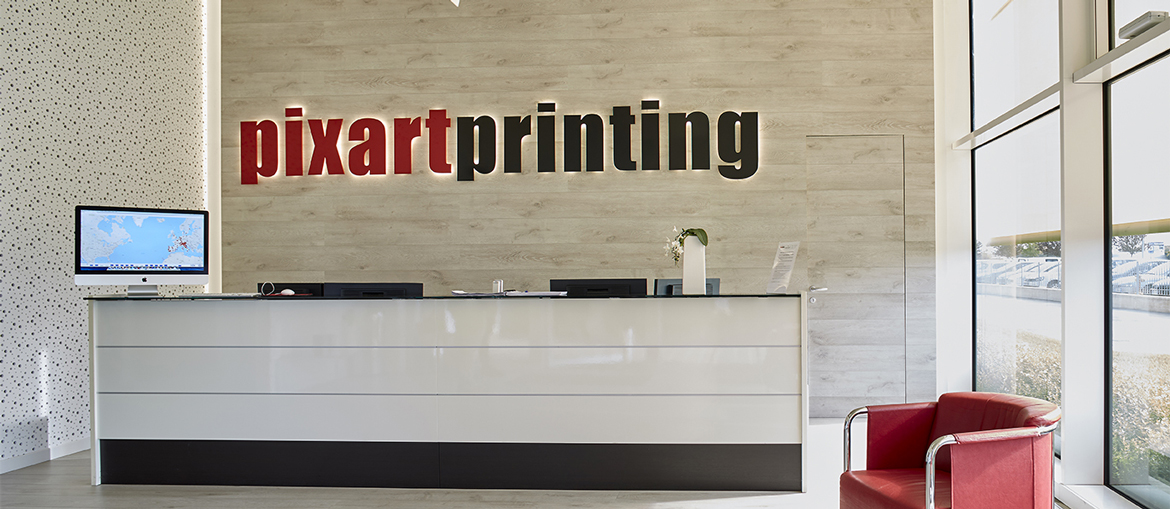Table of Contents
It’s called Lean 6 Sigma and it’s a management philosophy aimed at improving production, eliminating errors and reducing waste. And it does so through collaboration.
After conducting a small-scale trial over the past few months, Pixartprinting has decided to implement this philosophy within the company. Why are we doing this? How? And what do we hope to achieve? We explain all in this article that charts a brief history of Lean 6 Sigma, the management philosophy which emerged from various strands of 20th-century economic history, including the Motorola factory, the oil crisis of ‘73, Boston’s MIT and Mr. Toyota’s vision.
A brief history of Lean 6 Sigma

In the past decade, the Lean 6 Sigma approach has been adopted by many of the world’s largest corporations. It combines two management philosophies deemed to be rivals until the start of the new millennium: 6 Sigma and Lean Production.
6 Sigma is an American approach based on mathematics and statistics: it starts from a clear analysis of customer expectations and focuses on reducing errors within the company (6 Sigma means 3.4 defects per million parts). 6 Sigma was developed in the eighties at Motorola.
Lean Production, or Lean, on the other hand, is a behavioural, holistic methodology which focuses on engaging people. It too requires data analysis, but here the goal is “regulating” production flows within the company. The emphasis is always on people and on collaboration. Lean was born in the seventies: at the height of the oil crisis, one of the few corporations to emerge unscathed was Toyota. A team of researchers from Boston’s MIT decided to find out why and discovered that Toyota was far better organised than other companies. It was in their book on the subject, “The Machine That Changed the World”, that the researchers first used the term “lean production”.
Why is it time to apply this philosophy at Pixartprinting?
Pixartprinting began life as a start-up in 1994. Today, it’s the leading Italian firm in its sector and part of the Cimpress group, the world leader in mass customisation. We employ 700 people, serve 600,000 European customers and process an average of 10,000 print jobs a day. As we’ve grown, so has the complexity of our business.
It has been clear for some time that the ad hoc approach of a start-up has reached its limits: we have to improve our internal organisation and thereby increase productivity. We believe that the Lean 6 Sigma philosophy is what we need: it’s a natural system for growing and changing the company.
How are we going to change our corporate philosophy?

Over a year ago, we outlined a shared roadmap, then in December we put together the first prototype training session for nine employees.
In 2018, we’ll start the official training programme, which will run in several cycles and involve thirty more people from various departments within Pixartprinting. Lean 6 Sigma is also designed to eliminate departmental rifts within companies. Fortunately, because of Pixartprinting’s origins as a start-up, these are not very evident in our company, but they do tend to form as firms grow.
This kind of training involves the help of an external consultant and also theoretical coaching, plus a practical project. An example? We want to optimise our paper warehouse! We need to reduce material waste in the warehouse through improved work flows and greater coordination between people inside and outside the firm. Paper is our lifeblood, so optimising its storage is a major challenge.
Another project of ours involved increasing the output capacity of the Binding Department. We did so by concentrating on the start-up process of a prototype machine developed specially with a supplier.
What do you think? We’ll keep you updated on our progress and on the latest projects at Pixartprinting!

